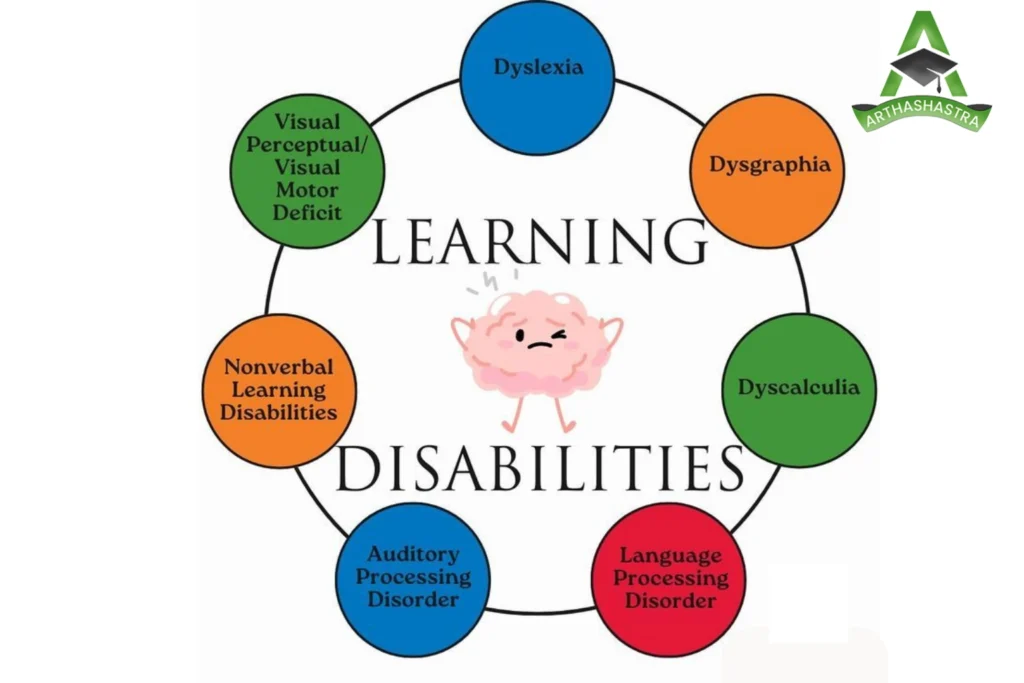For neurodiverse children, the journey of communication is often unique, requiring tailored support that goes beyond traditional methods. While Speech-Language Pathologists (SLPs) are the primary experts in designing communication interventions, their work truly flourishes when integrated into the child’s daily life by Special Educators. This collaborative, holistic approach is paramount to building effective and meaningful speech and language skills.
The Special Educator: A Catalyst for Communication Growth
Special educators are not just teachers; they are skilled facilitators who translate therapeutic goals into real-world application. Their expertise in neurodiversity allows them to create an environment where communication can genuinely blossom. Here’s how they play a vital role:
- Bridging the Gap Between Therapy and Reality:
Generalization of Skills: An SLP might teach a child to request items using a picture exchange system (PECS) in a therapy room. The special educator ensures this skill is consistently practiced and reinforced throughout the school day – during snack time, in the playground, or when asking for a preferred activity. They help the child understand that these communication strategies are not just for “therapy time” but for everyday life.
Contextual Application: They provide natural, spontaneous opportunities for communication. If a child is working on using descriptive words, the special educator might intentionally set up a play scenario that encourages describing objects or actions.
- Creating a Communication-Rich Environment:
Environmental Modifications: Special educators are adept at creating sensory-friendly and predictable classroom spaces that reduce anxiety and promote communication. This includes using visual schedules, clear labels, designated quiet zones and structured routines that provide communication opportunities.
Language Modeling: They consistently use clear, concise and appropriate language, often accompanied by visual aids, gestures or signs, to model effective communication.
Adapting Learning Materials: They differentiate instructions and materials to be accessible and engaging, ensuring that communication challenges don’t hinder comprehension or participation.
- Facilitating Social Communication:
Structured Social Opportunities: Many neurodiverse children benefit from explicit social skills training. Special educators embed these lessons into daily interactions, facilitating turn-taking, sharing, joint attention and understanding non-verbal cues during group activities, play and collaborative tasks.
Peer Support: They guide neurotypical peers on how to interact effectively and respectfully with their neurodiverse classmates, fostering empathy and creating a truly inclusive communication environment.
Conflict Resolution: They teach and model communication strategies for resolving conflicts, expressing frustration appropriately and advocating for needs.
- Implementing Augmentative and Alternative Communication (AAC):
For children who are non-verbal or minimally verbal, special educators are crucial in integrating AAC systems (e.g., communication boards, speech-generating devices) into every aspect of the school day. They ensure the devices are accessible, charged and understood by all staff and peers, truly giving a voice to every child.
- Observation, Data Collection and Feedback:
Being with the child daily, special educators have invaluable insights into their communication strengths and challenges across various settings. They can collect data on when and how a child communicates effectively, or where breakdowns occur. This information is critical for the SLP to refine and adapt therapeutic goals.
They act as a key liaison between the SLP, parents and other specialists, ensuring everyone is working towards shared communication objectives.
The Importance of a Holistic Approach: More Than Just Words
Developing speech and language in neurodiverse children is not just about producing sounds or forming sentences. It’s deeply intertwined with their overall development, emotional regulation and ability to engage with the world. This is why a “Holistic Approach” is crucial:
- Interconnectedness of Development:
Sensory Processing: Many neurodiverse children have unique sensory profiles. A special educator, understanding these needs, can create a sensory-regulated environment that reduces overwhelm, allowing the child to be calm enough to focus on communication. Overstimulation can shut down communication.
Emotional Regulation: Frustration, anxiety or meltdowns often stem from communication difficulties. By teaching emotional regulation strategies (e.g., deep breathing, using a “calm down” corner), special educators help children manage their emotions, which, in turn, frees up cognitive resources for communication.
Motor Skills: Fine and gross motor skills can impact articulation or the ability to use AAC devices. Special educators can incorporate activities that strengthen these skills, often collaborating with occupational therapists and physiotherapist.
- Functional Communication for Life:
A holistic approach emphasizes “Functional communication” – teaching skills that are immediately useful in a child’s daily life, like requesting, refusing, commenting or asking for help. This empowers the child and reduces frustration, leading to greater independence.
It ensures that communication is taught in meaningful contexts, rather than isolated drills, making the learning more relevant and lasting.
- Enhancing Well-being and Self-Esteem:
When children can communicate effectively, even through alternative means, their self-esteem and confidence soar. A holistic approach recognizes that communication is fundamental to a child’s identity and sense of belonging.
It fosters a positive self-concept, celebrating neurodiversity and helping children understand that their way of communicating is valued.
- Building a Strong Support System:
A holistic model ensures that parents, therapists, special educators and even the community work in concert. Consistent strategies across environments (home, school, community) accelerate progress and provide a stable foundation for the child.
Special educators are key in guiding parents on how to reinforce communication goals at home, fostering a true home-school partnership.
In essence, special educators are the architects of the inclusive and supportive learning environments where the seeds of speech therapy can truly take root and flourish for neurodiverse children. By embracing a holistic, collaborative and individualized approach, we don’t just teach words; we empower voices, build connections and help every child confidently express their unique brilliance.


